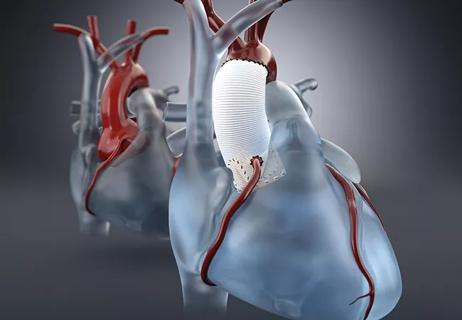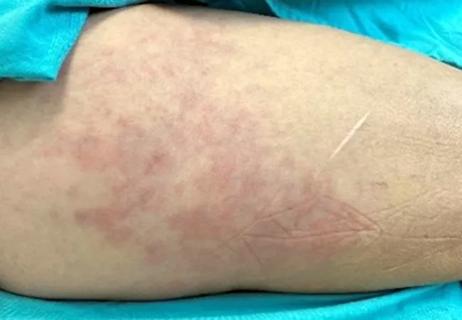When to recommend aortic root surgery in Marfan and other syndromes
Aortic aneurysms are common in patients with connective tissue disorders, such as Marfan, Loeys-Dietz and Ehlers-Danlos syndromes. In Marfan syndrome, the aortic wall gives way because of a deficiency in elastic tissue. At the other extreme, in Ehlers-Danlos syndrome, there’s a deficiency in collagen.
Advertisement
Cleveland Clinic is a non-profit academic medical center. Advertising on our site helps support our mission. We do not endorse non-Cleveland Clinic products or services. Policy
“Marfan patients used to die on average at the age of 32,” says Lars Svensson, MD, PhD, Chief of the Heart, Vascular and Thoracic Institute at Cleveland Clinic. “Now we see patients living into their 70s and older. Their aortic health is not a problem as long as they have surgery. Aortic root surgery is very effective in preventing aortic dissection. In our long-term patients with Marfan who have had aortic root surgery, the risk of a later dissection is very low — only 1.8% in our experience.”
In a recent two-part episode of Cleveland Clinic’s Cardiac Consult podcast, Dr. Svensson and cardiologist Milind Desai, MD, MBA, Medical Director of Cleveland Clinic’s Aorta Center, discuss indications for heart and aorta treatment in patients with connective tissue disorders. Among the topics they address:
Click the podcast players above to listen to the two-part podcast now, or read on for an edited excerpt. Check out more Cardiac Consult episodes at clevelandclinic.org/cardiacconsultpodcast or wherever you get your podcasts.
Lars Svensson, MD, PhD: Patients with connective tissue disorders also can develop intrinsic left ventricular dysfunction — in other words, a cardiomyopathy — irrespective of whether they have valve or heart disease. That can be a feature of Marfan. Over time, the mitral valve may become involved as well.
Advertisement
Also, we get baseline pulmonary function tests on all our patients. Usually we see some dysfunction. The breathing tests are usually not bad, but over time patients with Marfan potentially develop COPD or emphysema. So it’s something to track over time.
I’d like to return for a moment to discussing cardiomyopathy in this setting. I know of just a couple of these patients in whom we’ve had to do heart transplants for cardiomyopathy. It’s pretty rare. Do you have comments about that?
Milind Desai, MD, MBA: It is rare, mercifully, but also life expectancy of these patients was lower in the past, so maybe there was not enough time for these comorbidities to accrue. Now that Marfan and connective tissue disorder patients are living longer, it might be important to keep a close eye on other diseases that may crop up.
In a patient with Marfan or other connective tissue disorder, aortopathy is by far the most common presentation. Then, a small proportion have concomitant mitral valve disease, and an even smaller proportion have concomitant cardiomyopathy or may develop downstream cardiomyopathy.
This underscores the importance of being on top of these patients’ follow-up — not just imaging the aorta but looking at their echoes and periodic MRIs to make sure cardiomyopathy does not creep in, as well as paying attention to the mitral valve.
Advertisement
Advertisement

Many young patients can avoid lifelong anticoagulation with a valve-sparing approach

Cleveland Clinic’s Rheumatic Lung Disease program treats patients with complex conditions

Series of 145 patients characterizes scope of presentations, interventions and outcomes

New Cleveland Clinic data challenge traditional size thresholds for surgical intervention

Study finds comparable midterm safety outcomes, suggesting anatomy and surgeon preference should drive choice

New review distills insights and best practices from a high-volume center

JACC State-of-the-Art Review details current knowledge and new developments

Blood test can identify patients who need more frequent monitoring or earlier surgery to prevent dissection or rupture